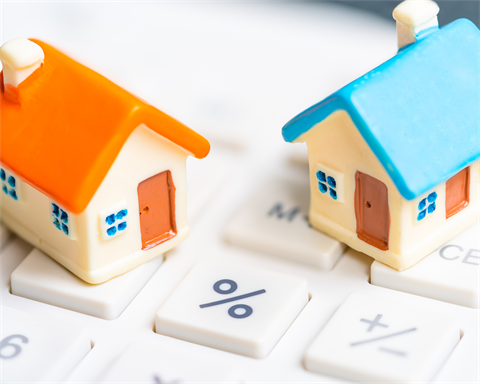About Rates

The collection of rates from property owners is Council's primary source of revenue to pay for services that benefits the community through investment in utilities and infrastructure.
These investments include street lighting, maintenance of local roads, footpaths, drainage and also a wide variety of community services.
In simple terms, a valuation is an assessment of the amount a property would sell for on a set date.
All properties in the Shire will be valued every year in accordance with Valuation Best Practice Principles determined by the State Valuer General.
Valuations that will appear on your rate notice are based on levels of value as of 1 January 2023.
About property valuations
In simple terms, a valuation is an assessment of the amount a property would sell for on a set date.
All properties in the Shire will be valued every year in accordance with Valuation Best Practice Principles determined by the State Valuer General.
Valuations that will appear on your rate notice are based on levels of value as of 1 January 2023.
How a valuation is determined
Values are determined by qualified valuers who gather and analyse a range of property information.
To work out how much a property is worth, the council valuer starts by analysing the latest property sales and rental data to build a profile of value levels for different areas and types of properties.
This information is then applied to individual properties throughout the municipality. Land size and location, house value, plus the added value of a garage, garden, driveway and other improvements are also taken into consideration.
How valuations impact rates
A revaluation of properties does not mean extra rate revenue for Council.
The capital improved value is used as the basis of rating for the new financial year, which commenced on 1 July 2023.
As part of its budget process, Council determines the amount of total revenue it requires to raise from rates.
Property valuations are used as the basis for levying rates and therefore each property’s contribution to Council’s overall rate revenue is determined by its valuation.
Rises in CPI, council spending on infrastructure and the cost of delivering services to residents are all factors considered when determining how much rate revenue needs to be collected.
The Victorian State Government has also introduced a rate capping process which sets the maximum annual increase in rates. Councils who wish to raise rates higher than 'the cap' must follow a formal approval process.
Rates are redistributed according to shifts in property values that have occurred in different parts of the municipality. Some ratepayers may experience a change in their rates, depending on the type of property they own and where it is located.
Changes in property values will vary across the municipality, and these will be reflected in each property’s rate bill.
Request for Rates Refund
There are many reasons a refund may be required for a payment you have made against your own or someone else’s rates. Examples include:
- Overpaid rates
- Multiple payments
- Payment to a previously owned property
- Receiving a rebate after paying your rates
You can use our online form to request a rates refund with us here.
Fire Services Levy
Property owners pay an annual Fire Services Levy via council rates to support emergency services.
The fire services property levy is collected by Council and will appear on your rates notice. The levy is collected from non-rateable properties via a separate notice.
The State Revenue Office monitors Council's performance when collecting the levy on behalf of the Victorian Government.
More information: Fire services property levy | State Revenue Office (sro.vic.gov.au)
You can apply for an exemption if you own or occupy multiple parcels of farmland which are used for a single farm enterprise.
Eligible single farm enterprises may only need to pay the fixed charge once for the farm property. If you think you are eligible, fill out the Exemption Form.